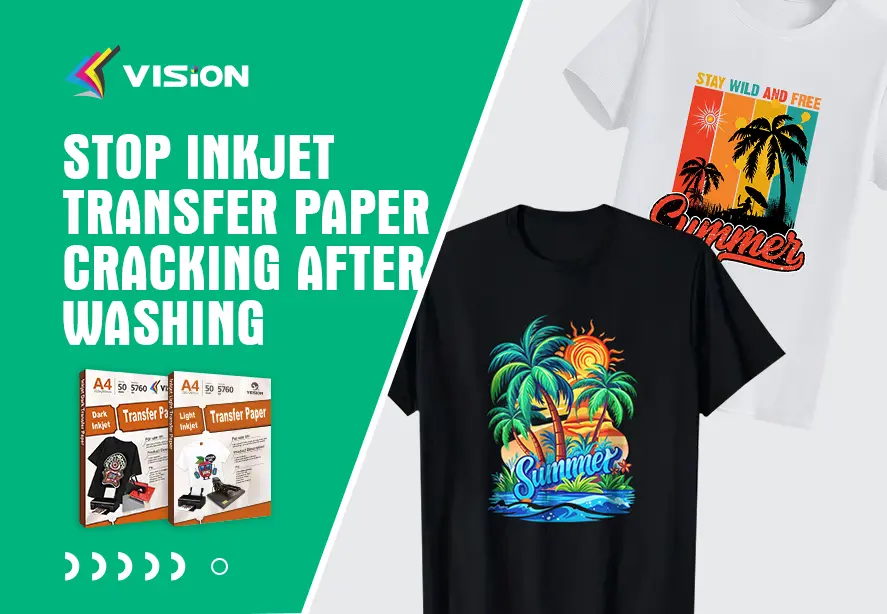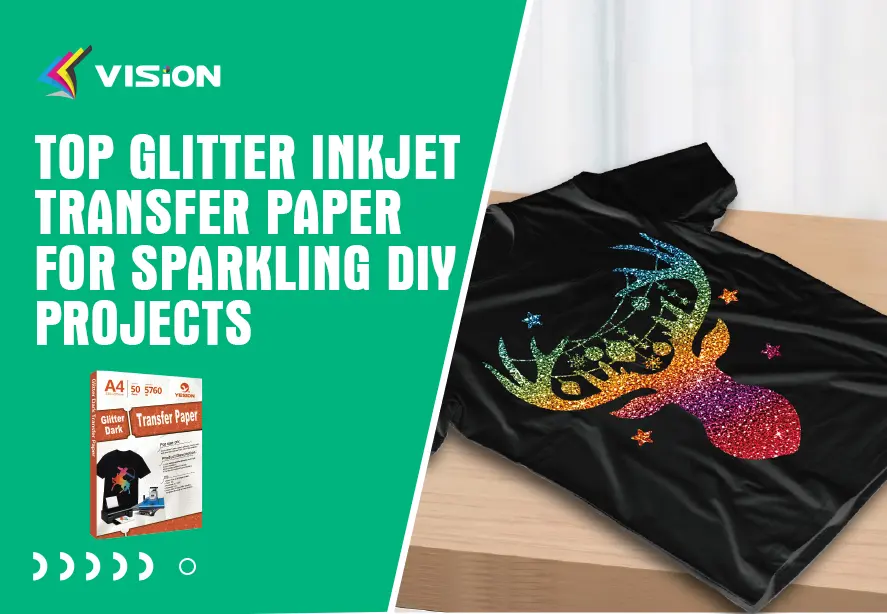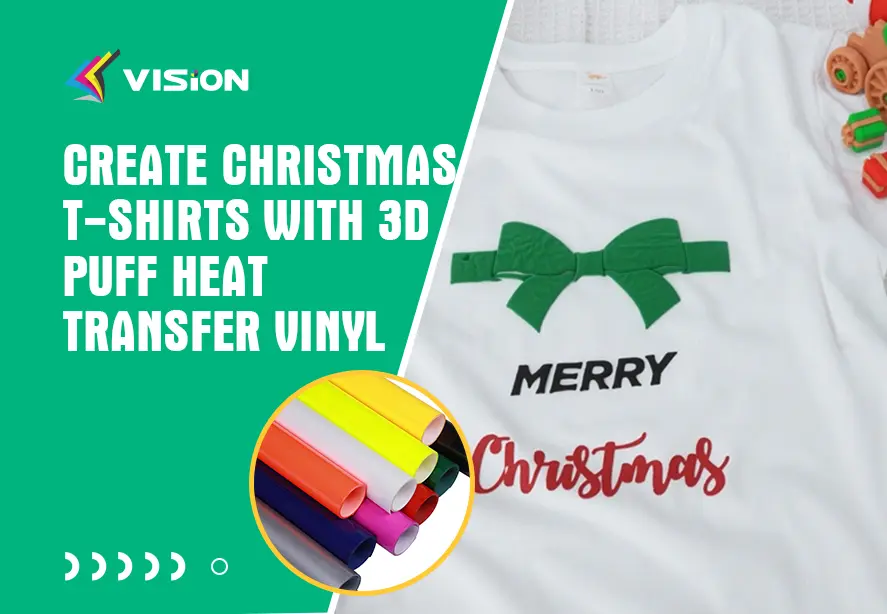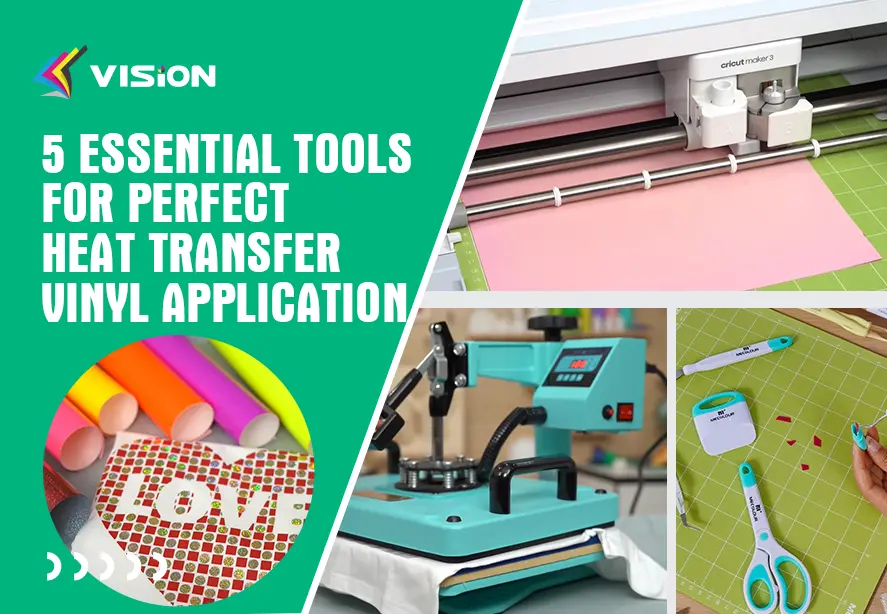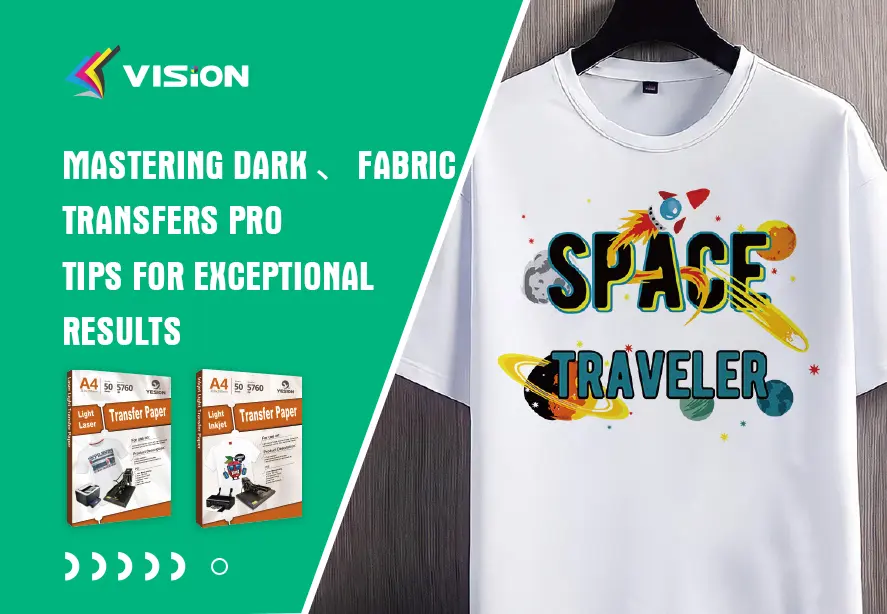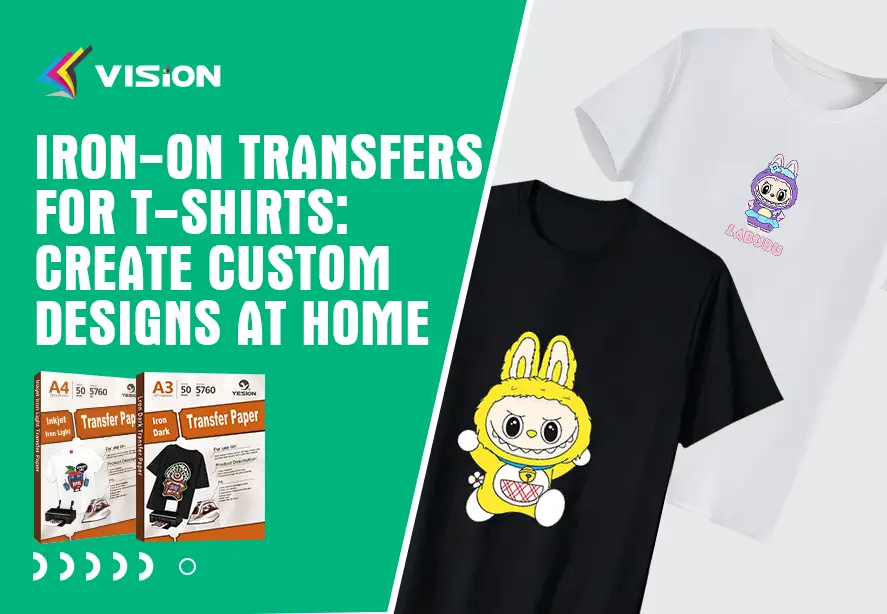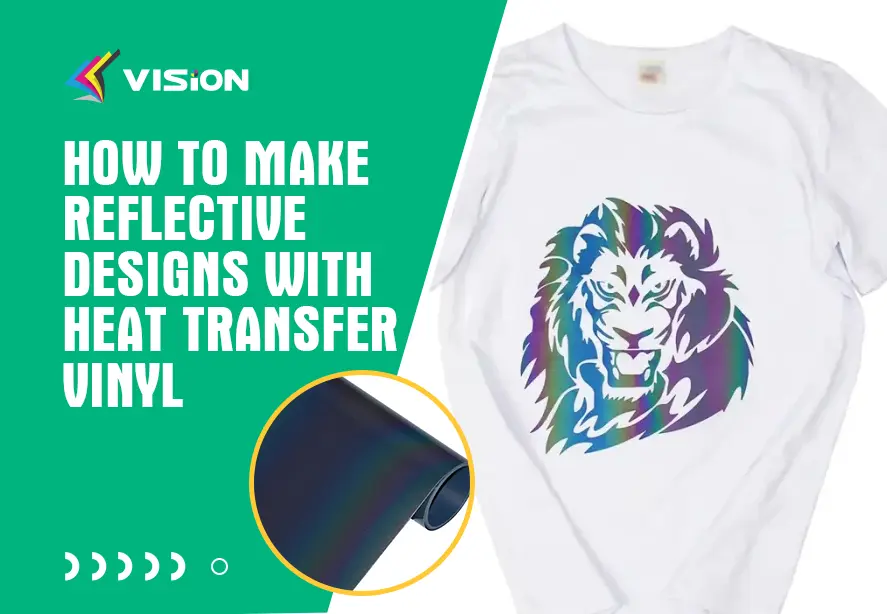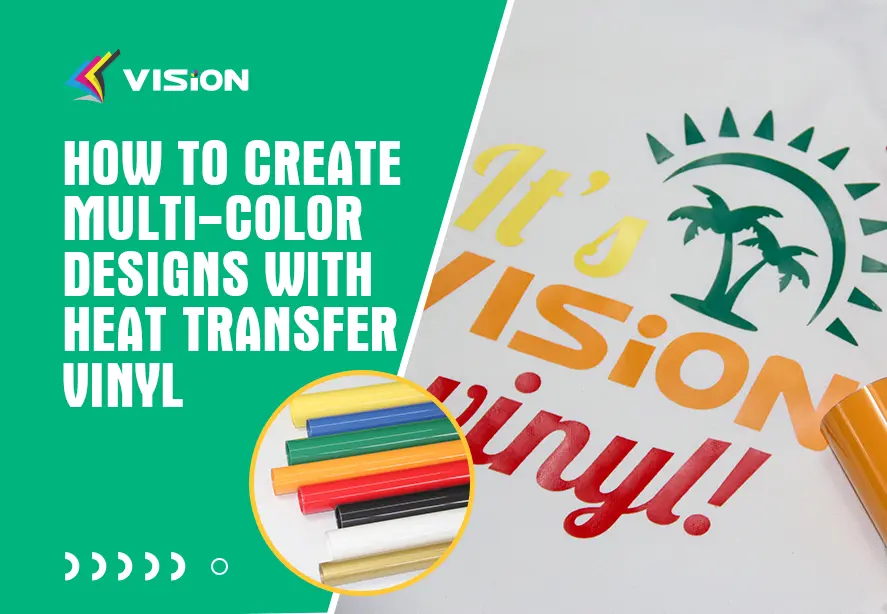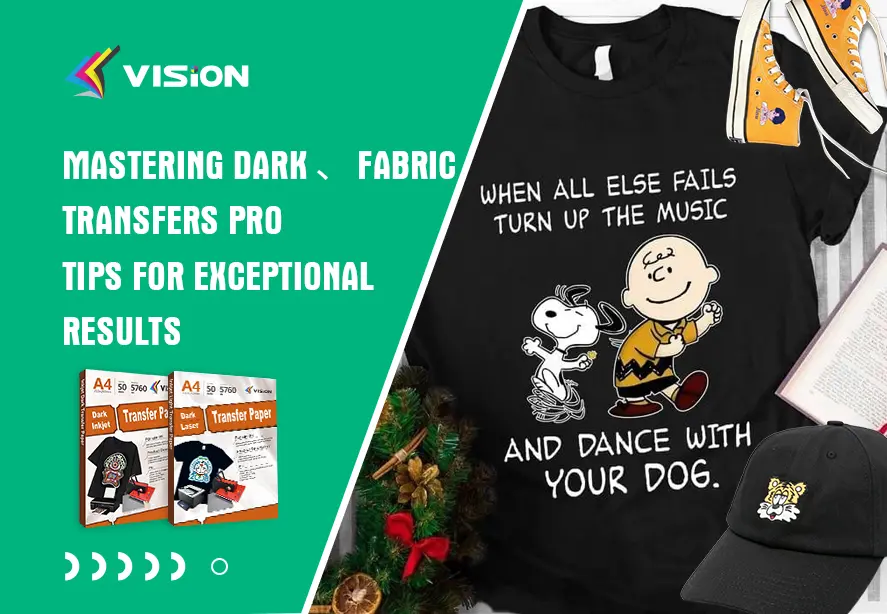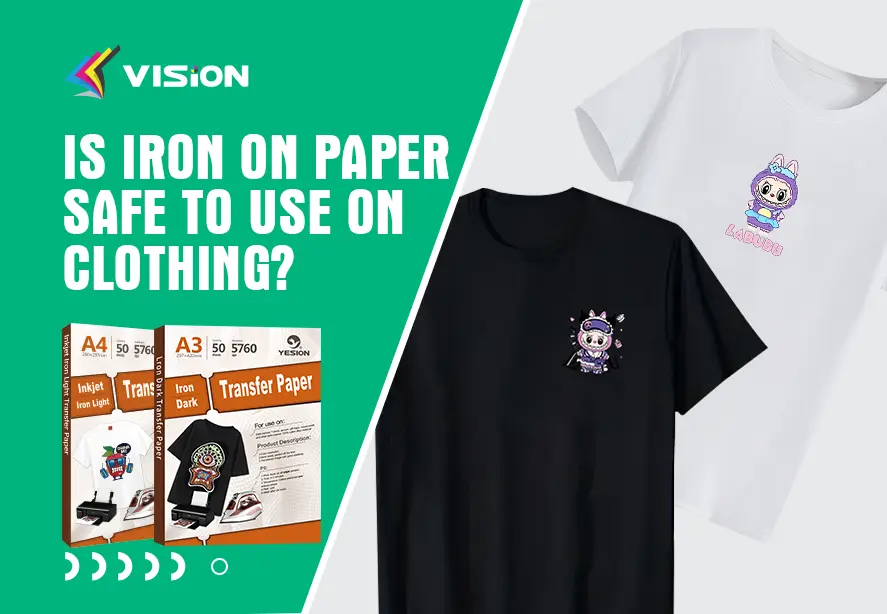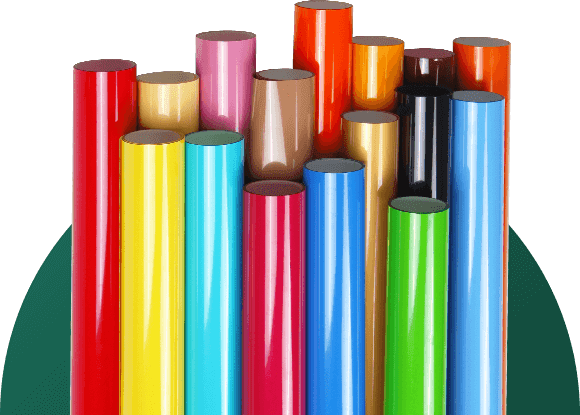
Blog
What can I use instead of transfer paper for T shirts?
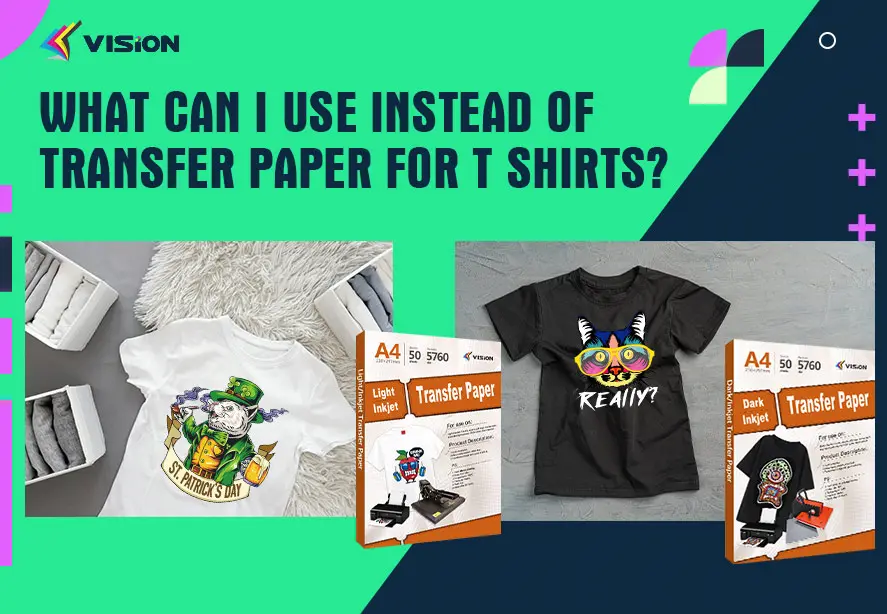
When it comes to printing on T-shirts, transfer paper is a common method used for transferring designs onto fabric. However, there are several alternatives to transfer paper that can yield excellent results, often with better durability, ease of use, or a more professional finish. Here are some of the best alternatives to transfer paper for T-shirt printing:
1. Direct-to-Film Printing
Best for: High-Quality Prints with Fine Details
DTF printing is one of the most professional and versatile alternatives to transfer paper. It involves printing designs onto a special film that is later transferred onto the fabric using heat and pressure. This method offers high-quality prints with vibrant colors and fine details.
How it Works:
A DTF printer prints the design onto a special film using DTF inks.
After printing, we apply a powder adhesive to the inked design on the film, and then we cure it using heat.
We place the film on the T-shirt and transfer it using a heat press.
Why It’s Great:
Produces high-quality, photo-realistic prints with fine details.
No risk of cracking or peeling, as the ink bonds directly with the fabric.
Works well for full-color designs and small to medium runs.
Can be used on a wide variety of fabrics, including cotton, polyester, and blends.
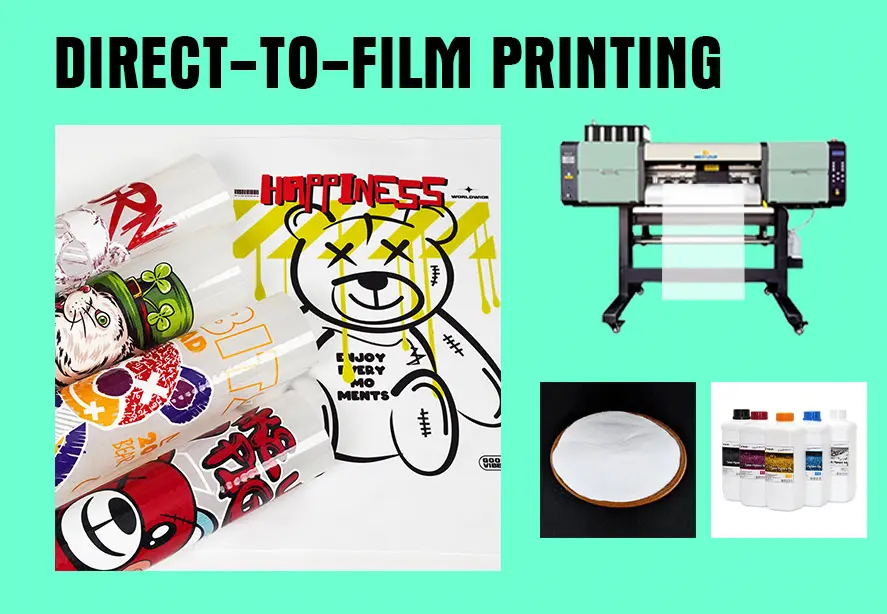
Direct-to-Film Printing
Considerations:
Requires a DTF printer, which may be costly for small-scale operations.
The process involves multiple steps, including printing, applying adhesive, and heat pressing.
Works best on light and dark fabrics and requires proper curing of the adhesive to ensure durability.
2. Heat Transfer Vinyl
Best for: Customizing T-shirts with Solid Colors and Text
Heat Transfer Vinyl is another excellent alternative to transfer paper. HTV is a type of vinyl that can be cut into various shapes and designs and then transferred onto fabric using heat and pressure.
How it Works:
Design is created using a cutting machine.
The design is then placed on the fabric and pressed with a heat press machine.
Why It’s Great:
Provides a durable and vibrant finish.
Works well for simple designs, including text and logos.
No ink required, and it’s available in a variety of colors and finishes (glitter, matte, metallic, etc).
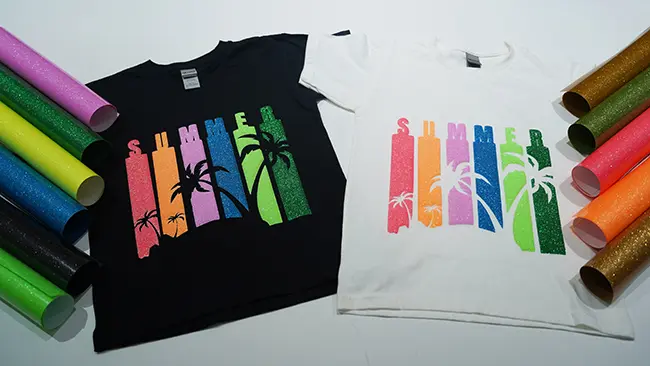
Customizing T-shirts with heat transfer vinyl
Considerations:
Ideal for simple designs or single-color graphics.
Requires a cutting machine and heat press.
Not as suitable for detailed, multi-colored images like photographs.
3. Sublimation Printing (For Polyester Fabrics)
Best for: Full-Color Prints on Synthetic Fabrics
Sublimation printing is a popular method for printing full-color designs, especially on polyester fabrics. It uses heat to transfer dye onto fabric, causing the ink to chemically bond with the fabric fibers.
How it Works:
We print a design onto sublimation paper using special sublimation ink.
We then transfer the printed design onto the fabric using heat and pressure.
Sublimation works best on white polyester or polyester-coated fabrics.
Why It’s Great:
Produces vibrant, full-color prints with no peeling or cracking.
The ink bonds with the fabric, resulting in a soft finish.
Perfect for all-over prints or full-coverage designs.
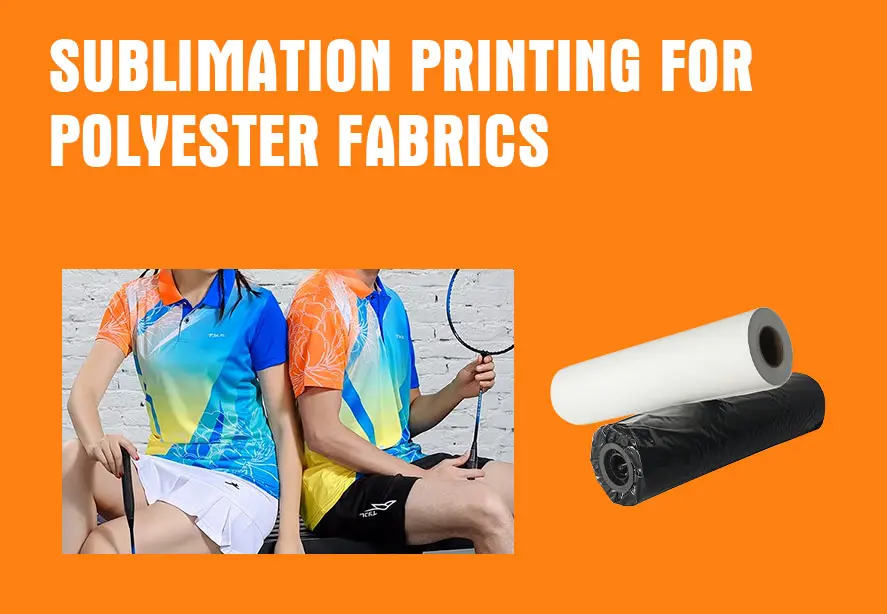
Sublimation Printing For Polyester Fabrics
Considerations:
Works only on polyester or polyester-coated fabrics.
Requires a sublimation printer and heat press.
4. Screen Printing
Best for: Large Runs of Designs with Multiple Colors
Screen printing is one of the most traditional and effective methods for printing on T-shirts, especially for large batches.
How it Works:
A screen (mesh) is used to create a stencil of the design.
Ink is pushed through the mesh screen onto the fabric using a squeegee.
We use multiple screens for multi-color designs.
Why It’s Great:
Ideal for large print runs (high volume).
Produces durable prints with vibrant, solid colors.
Can be used for simple to complex designs.
Considerations:
Not cost-effective for small runs or single shirts.
Requires significant setup time and equipment (e.g., screens, inks, etc).
Works best with solid designs, though multi-color prints are possible with additional screens.
5. Foil Printing
Best for: Adding a Metallic, Shiny Effect
Foil printing is a specialized method that adds metallic or glossy effects to designs, creating a striking and unique finish.
How it Works:
First, we print a design on the T-shirt using adhesive, often with a screen printer or vinyl cutter.
Next, we apply metallic or foil sheets to the adhesive, bonding the foil to the fabric in the design areas.
Why It’s Great:
Creates a unique shiny metallic finish that stands out.
Great for designs that need a premium look.
Can be combined with regular screen printing or vinyl.
Considerations:
More expensive than standard printing methods.
Requires a heat press and specialized foil sheets.
Not suitable for all types of designs.
6. Embroidery
Best for: Text and Simple Logos
Embroidery involves stitching the design directly onto the fabric using threads, and it’s an excellent choice for logos, text, or simple graphics.
How it Works:
A machine stitches the design onto the fabric using thread.
You can embroider small logos or text on the chest, sleeves, or back of a T-shirt.
Why It’s Great:
Provides a high-end, textured look.
Extremely durable and will last long, even with repeated washes.
Ideal for creating premium branded merchandise.
Considerations:
Not suitable for intricate or full-color designs.
Requires embroidery equipment or outsourcing to a professional embroidery service.
More time-consuming and expensive than other methods.
While transfer paper is a popular and easy-to-use option for T-shirt printing, each of the above methods also has unique advantages. Choose the method that fits your design, fabric type, budget, and quantity to create the best results for your T-shirt printing project.
Related:
The Ultimate Guide to Choosing Transfer Paper
Heat Transfer Paper vs. Other Printing Methods: Pros and Cons
What is the difference between DTF and transfer paper?
15 Tips for Using Transfer Paper for Beginners


